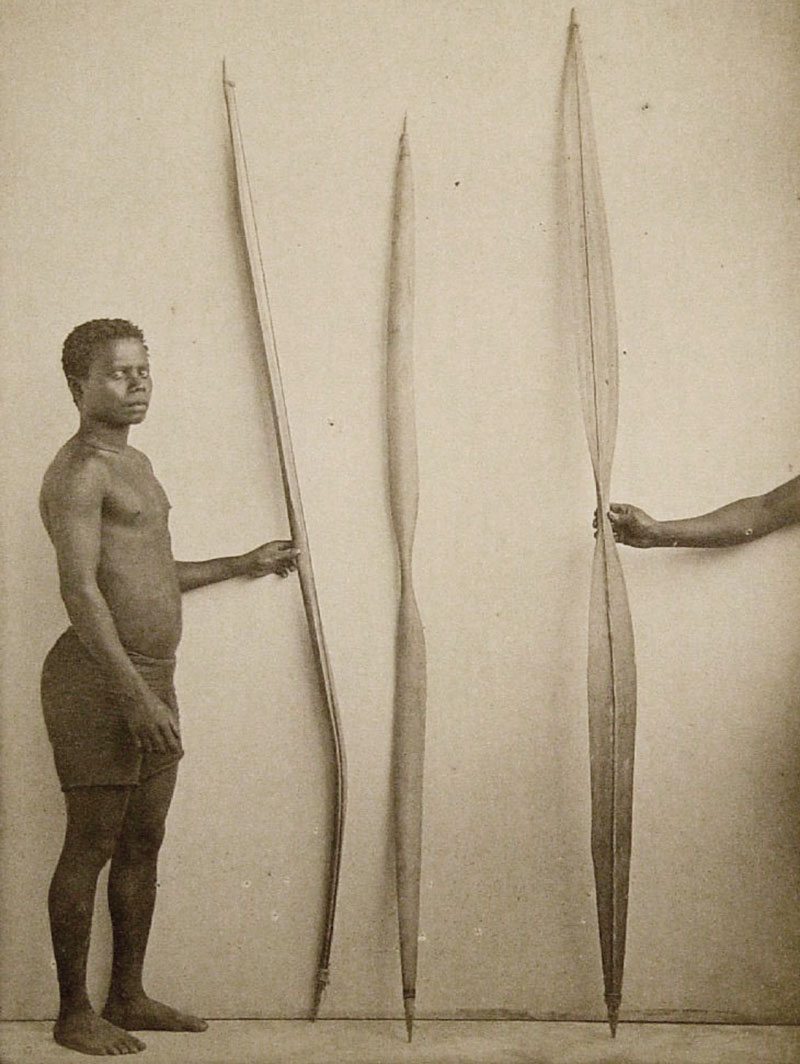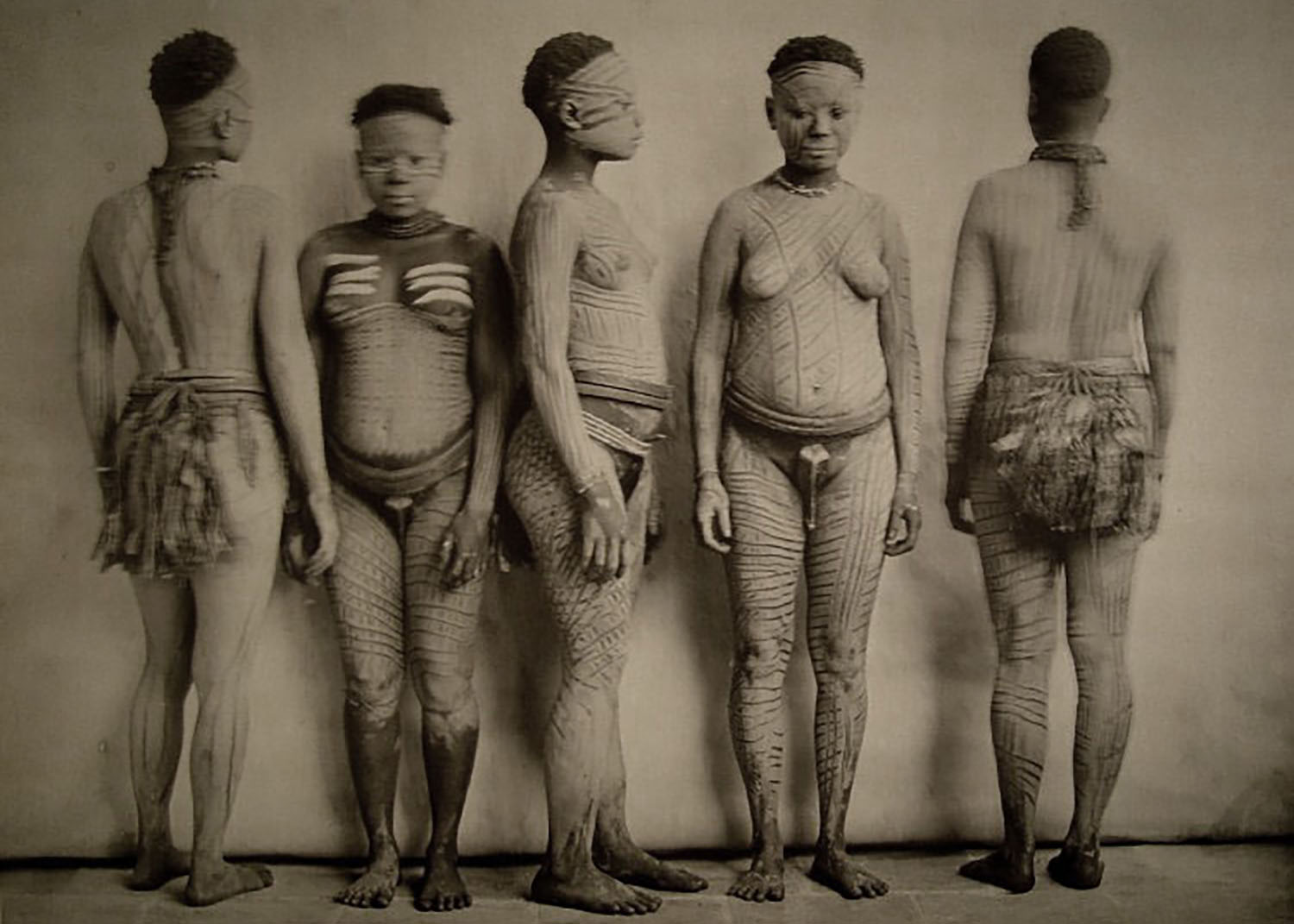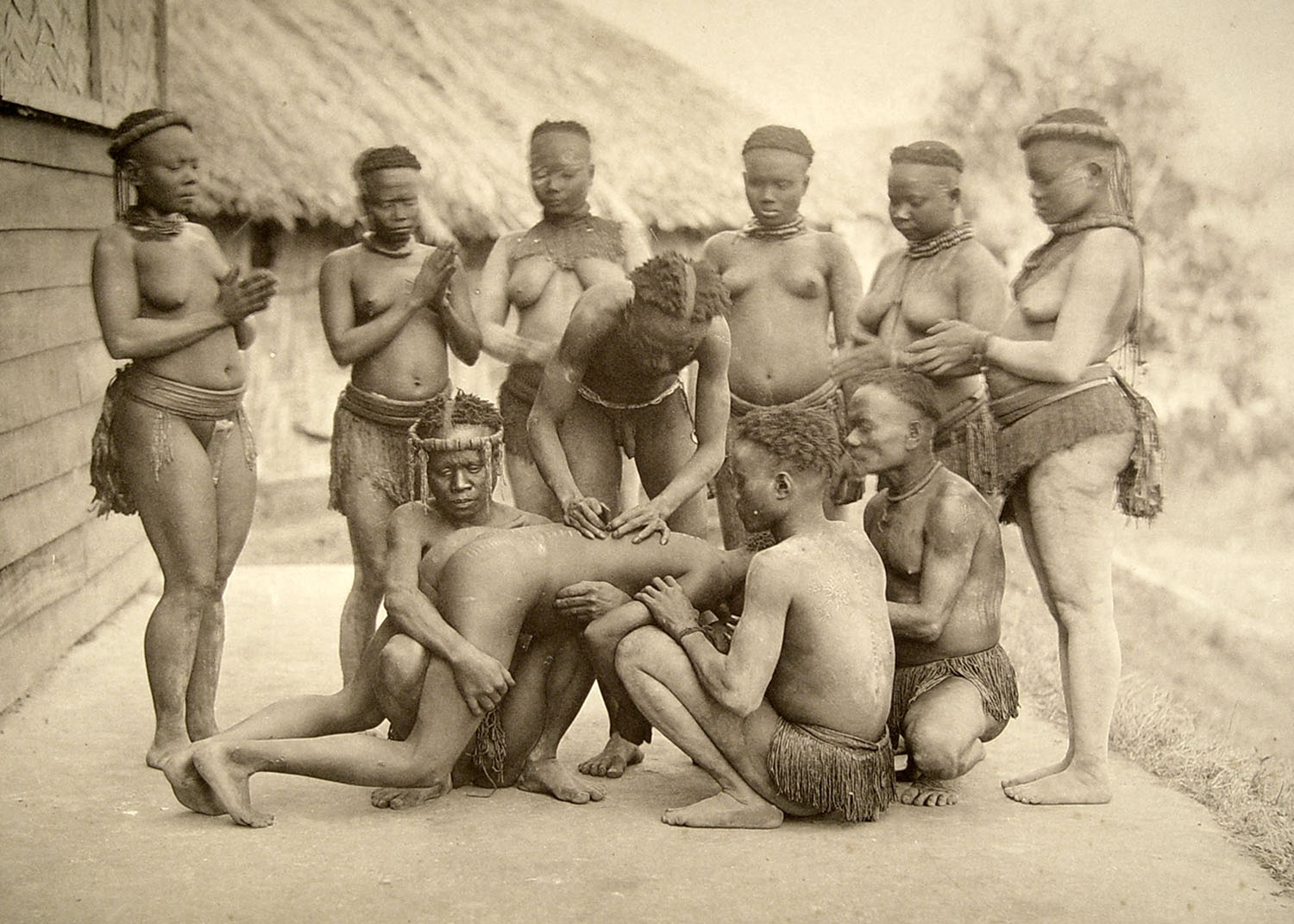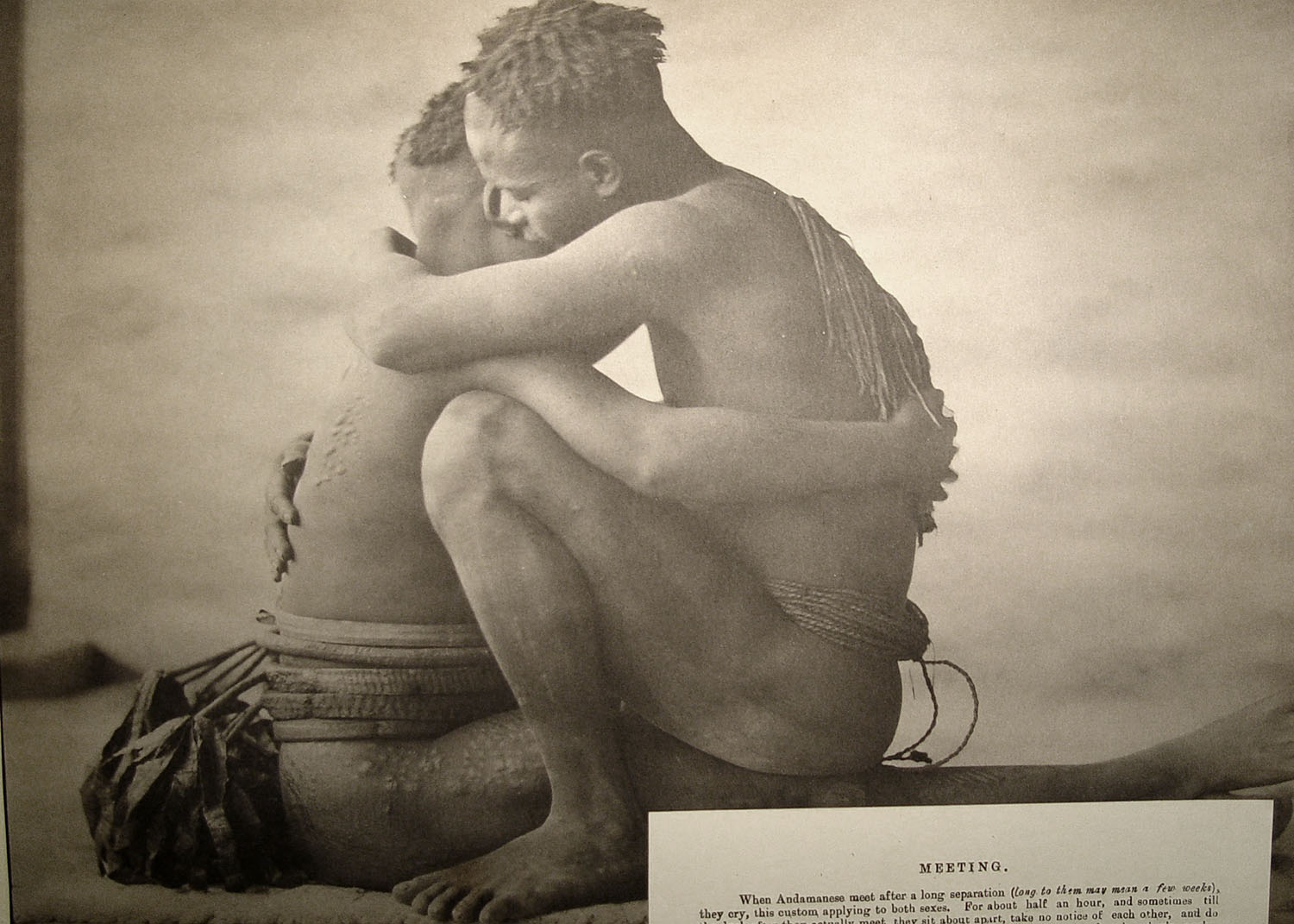ARTICLE
Maurice Vidal Portman
Scholars have argued that Portman’s mode of colonial intervention served to ‘tame’ rather than to ‘civilise’ and that he kept his subjects like semi-domesticated pets, which he viewed as savage but docile. This attitude partly stemmed from his vehement opposition to the sanctioned practice of cultural ‘improvement’ of the colonised and partly from his desire for authenticity in his photos. His persistence in the face of several challenges posed by the tropical climate, disease, logistics and the sheer scale of the operation, however, begged a deeper analysis of his less-apparent motivations. Some scholars suggest that his stylistic choices reveal his uneasy commitment to discipline, while the photographs themselves imply an underlying homoerotic tendency.
In his obituary in The Times of London, Portman was dubbed the “Father of the Andaman Islanders,” and was feted as a dauntless adventurer, scrupulous investigator and record-keeper. Although he has been prolific in the work he produced, there is little information available on the man himself. His few scattered texts and famous photographs remain the only sources of available insight. In recent decades, his extant plates and notes, now scattered across collections — such as of Pitt Rivers Museum, Oxford and British Library, London, UK — have come in for a more critical evaluation. One such critique that reimagines and challenges the framework in which Portman operated is the work Native Women of South India: Manners and Customs (2000–04) by Pushpamala N and Claire Arni.
Bibliography
Our website is currently undergoing maintenance and re-design, due to which we have had to take down some of our bibliographies. While these will be re-published shortly, you can request references for specific articles by writing to hellomapacademy@map-india.org.









![The façade of the Maneckji Seth Agiary, a Zoroastrian fire temple, is a standout example of the popularity of the Persian Revival Style in Western India in the 19th and 20th centuries. This style was often seen in the architectural patronage of the Parsis, who emerged as one of the most influential mercantile communities of British India. Popular motifs of this style, like the mythical lamasus (winged bulls with human heads) and the faravahar (a winged guardian spirit in Zoroastrianism), drew on the historical art and architecture of the Achaemenid and Sasanian empires from sites like Persepolis, Bisotun, Taq-e Bostan, Naqsh-e Rostam and Naqsh-e Rajab in Persia.
The Parsi community’s adoption of this style occurred largely due to their networks of global commerce and politics, allowing them to access and translate research of ancient Persia into visible symbols that underlined their association with antiquity, imperial power, and art.
نمای آتشکدهی زرتشتی مانِکجی سِت نمونهی بارزی از رواج سبک «احیای [معماری] ایرانی» در غرب هند طی سدههای نوزدهم و بیستم است. این سبک غالباً در بناهایی دیده میشد که پارسیان، از بانفوذترین جوامع بازرگان در هند بریتانیا، بانیشان بودند. نقشمایههای محبوب این سبک، مانند گاو بالدار اساطیری (لاماسو) و فَروَهَر (روح بالدار نگهبان در دین زرتشت)، برگرفته از هنر و معماری شاهنشاهی هخامنشی و ساسانی، در جاهایی چون تخت جمشید و بیستون و طاق بستان و نقش رستم و نقش رجب، بود.
اقتباس جامعهی پارسیان از این سبک بسیار مرهون روابط گستردهی تجاری و سیاسی آنها بود که دسترس به پژوهشها دربارهی ایران باستان و برگردانیدن آنها به نمادهای بصری را ممکن میکرد و بر پیوند پارسیان با دوران باستان و قدرت شاهنشاهی و هنر تأکید میکرد.](https://mapacademy.io/wp-content/plugins/instagram-feed/img/placeholder.png)
